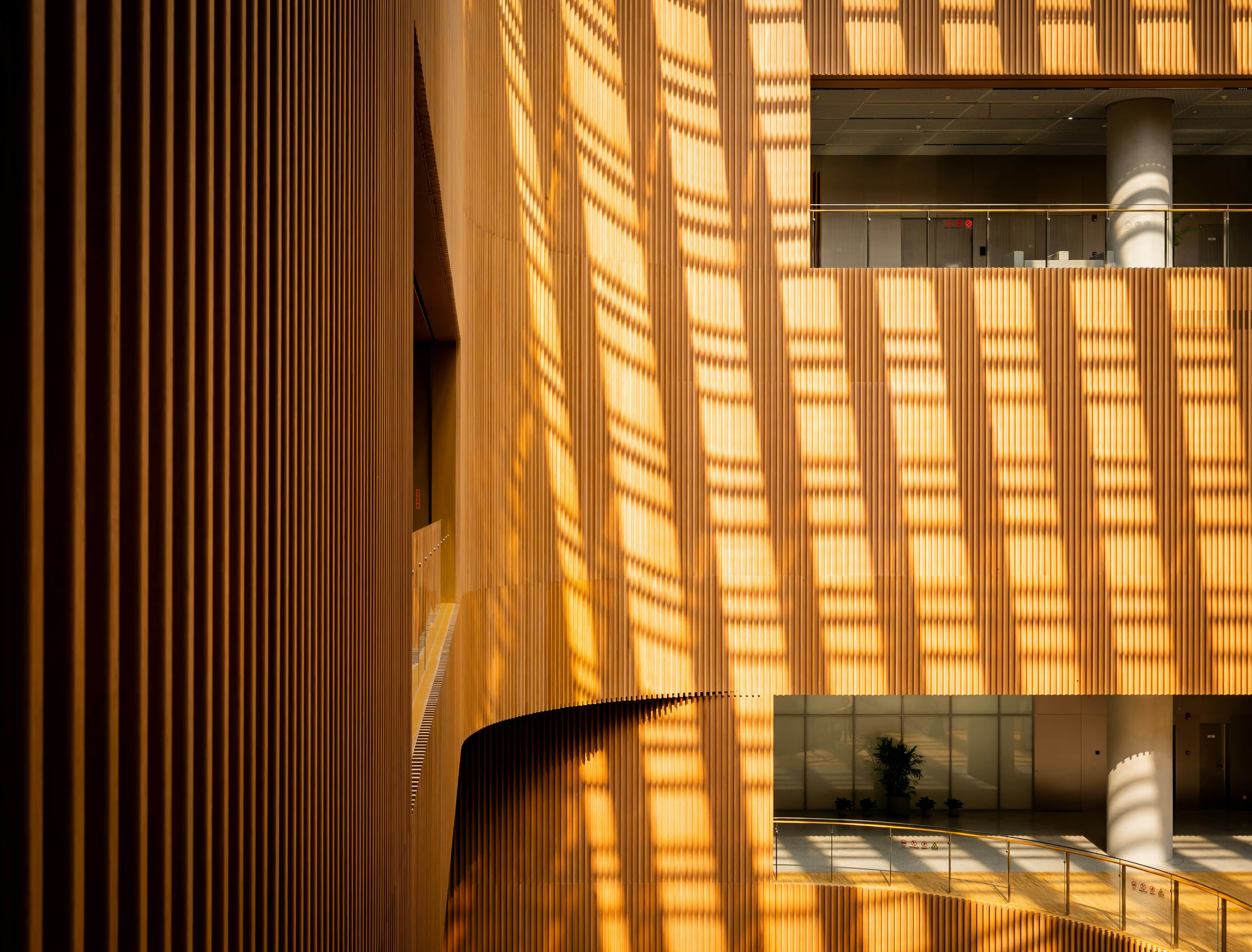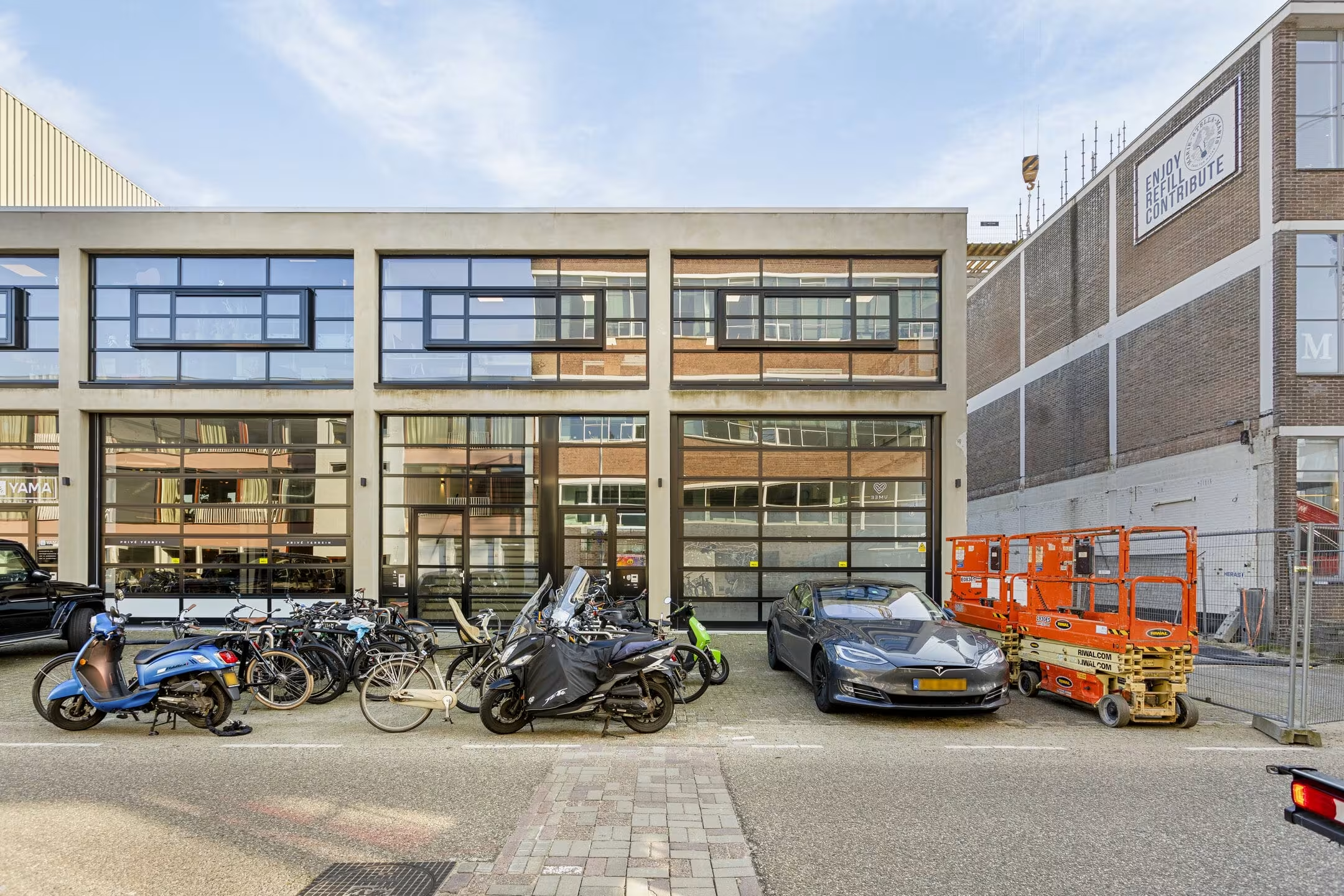The Real Cost of Office Space: should I rent a traditional or serviced office?
Entrepreneurs who compare apples with oranges when renting a new office. We see it happen often:
‘It's MUCH cheaper to rent an empty office floor than a serviced office space! Just look at the price per square metre of bare rent! It's also much bigger!’ 🗣️🗣️
Two errors in reasoning are being made here:
🤔 The basic rent for an empty office floor is being compared to the all-in monthly price of full-service office spaces.
💭 When you rent an empty office floor, the space requirement is 10 m² per employee.
This requirement is smaller when you rent a serviced office! So... when should you choose to rent an empty office floor conventionally, and when should you opt for efficiency and flexibility and rent a serviced office space? This choice is influenced by the size of your team.
What do we find? The tipping point is teams of 20 people.
Leasing a Traditional Office Space
A traditional office comes in all shapes and sizes - from one floor to multiple levels or even an entire building. The space can be offered shell or turn-key. Depending on the delivery level, you decide whether to invest in renovation and/or new fit-out.
In the Netherlands, you sign a lease agreement according to the ROZ model from 2015. The standard assumption is a 5-year contract, where you must deliver the office 'as-is'. This means that after renovation and fit-out, you must return the space to its original state. At the end of the lease term, you can negotiate with the owner whether the improvements can remain because they add value to the property.
The rule of thumb for traditional offices is 10m² GFA (gross floor area) per employee. This includes workstations, private offices, meeting rooms, pantries, reception and corridors. Everything is at your expense, whether you fully utilize it or not.
What Does a Traditional Office Cost?
Let's take a concrete example: you have a company with 20 employees and are looking for office space in Amsterdam Center.
For a traditional office of 200m² (10m² per person), the annual costs look like this:
Fixed costs:
- Rent: €450/m² per year = €90,000
- Service charges: €75/m² per year = €15,000
- Subtotal: €105,000 per year (OPEX)
Variable costs:
But this is just the beginning. Here come the operational costs of running an office:
- Cleaning: €10,000-16,000 per year
- Internet, wifi and telephony: €3,000-5,000 per year
- Coffee, tea and barista service: €4,000-6,000 per year
- Office supplies: €3,000-5,000 per year
- Alarm and access system (key tags): €4,000-6,000 per year
- Insurance: €4,000-6,000 per year
- Subtotal:: €28,000-44,000 per year (OPEX)
One-time investments (CAPEX):
There's a rule of thumb for renovation and fit-out of a traditional office:
- Budget: €250/m²
- Standard: €500/m²
- Luxury: €1,000/m²
- High-end: €1,500/m²
For our example (200m², standard finish):
- Renovation and fit-out (including technical installations): €500/m² = €100,000
- Interior and furniture: €2,000 per person = €40,000
- Total CAPEX: €140,000
Note: With 'as-is' delivery, you must return the space to its original state at the end of the lease period, unless otherwise agreed with the owner.
The Serviced Office Model
With serviced and managed offices, you rent a private office unit for your team. The rule of thumb is that you need about 6m² per person for the office unit itself - significantly less than with traditional offices. How is this possible? The operator provides all shared facilities such as meeting rooms, lounges, pantries and reception.
What Does a Serviced Office Cost?
For the same team of 20 people in Amsterdam Center, a serviced office costs ± €600 per workstation per month:
- Monthly costs: €600 per person = €12,000 per month
- Annual costs: €144,000 all-in
This amount is fully inclusive of:
- Rent and service charges
- High-speed internet
- Professional cleaning
- Reception services
- Coffee, tea and water
- Use of meeting rooms
- Printing and copying
- Maintenance and repairs
Initial investment: €0
The Hidden Benefits
At first glance, €144,000 per year seems more than €105,000. But this comparison is flawed for several reasons:
1. No Start-up Capital Required
The saving of €140,000 in CAPEX is significant. You can invest this capital in your business instead of in office fit-out. And this is based on a standard finish - with a luxury fit-out, CAPEX can rise to €240,000 or more.
2. Real All-in Costs
The traditional office actually costs much more than €105,000 when you include all operational costs (OPEX). Annual OPEX can add up to €28,000-44,000 extra, bringing your total annual costs to €133,000-149,000.
3. Flexibility
- Contract duration: 6-36 months vs. 3-5 years
- Notice period: 1-3 months vs. 6-12 months
- Scaling: Easy to scale up or down without new fit-out
4. Efficient Use of Space
You only pay for what you need. With 6m² per person for a private office plus access to all shared facilities, your space usage is much more efficient than 10m² per person where you have to facilitate everything yourself.
The Hidden Costs of an Office Manager
If you look purely at direct costs, a traditional office becomes more economical from about 20 employees. But there's an important cost item that's often overlooked: the office manager.
Companies with 20+ employees almost always hire an office manager to handle all operational matters (OPEX):
- Reception services and phone answering
- Secretarial support
- Management of all services and subscriptions
- Ordering lunch and office supplies
- HR matters and event organization
- Facility management and supplier contacts
- Troubleshooting technical problems
The costs of an office manager (OPEX):
- Salary: €35,000-45,000 per year
- Employer costs (30%): €10,500-13,500 per year
- Total: €45,500-58,500 per year
These costs are rarely included in the comparison, but they are very real. With a serviced or managed office, you're fully taken care of by the landlord's dedicated team. You might pay slightly more per square meter, but you have no worries about managing your office.
CAPEX vs OPEX: A Fundamental Difference
The most important difference between both models lies in the financial structure:
Traditional office:
- CAPEX: Renovation, fit-out, interior, technology and installations
- OPEX: Rent, service, office manager, reception, all services and subscriptions (alarm, wifi, coffee, cleaning, etc.)
Managed & Serviced office:
- OPEX only: All costs are operational and monthly
- An operator takes care of both CAPEX and OPEX for you
- Therefore, with managed and serviced office spaces, all costs shift completely to OPEX
This shift from CAPEX to OPEX has important advantages:
- Better cash flow for your business
- No large initial investments
- Flexibility to grow or shrink
- Predictable monthly costs
- No worries about maintenance or replacement of inventory
Our Advice: When to Switch?
The choice between traditional and serviced is of course subjective and unique to each company. Yet we see a clear tipping point in the market.
Up to 20 employees: We recommend managed or serviced office space. The flexibility, convenience and all-in service far outweigh the slightly higher monthly costs.
From 20 employees: Cost-wise, a traditional office becomes more economical. But keep in mind:
CAPEX (one-time investments):
- Renovation and fit-out installation
- Complete office furnishing and inventory
- Installation of technology and systems
OPEX (operational costs):
- Office manager salary and employer costs
- All physical and digital services (subscriptions)
- Cleaning, maintenance, reception
- Coffee, lunch, and other facility services
By arranging all this yourself, you indeed save the margin that an operator charges for the same services. However, you must be willing to invest time and energy in setting up and managing your own office infrastructure.
Conclusion
This calculation example shows how costs compare, but keep in mind that prices can vary by location, quality and market conditions.
In our experience, it's economical AND especially much simpler to rent a serviced office for teams of 2 to 20 people. You don't need a large initial investment, you're operational within a week, and you're fully taken care of.
For teams of 20 to 30 people, we advise not just looking at costs, but also at ease of use. Weigh the benefits of flexibility and full service against the potentially lower costs of a traditional office.
Is your team larger than 30 people? Then we advise renting managed or traditional office space. At this scale, the cost benefits become significant and you often need your own identity and customization.
Are you looking for the perfect office solution for your team? Contact us for personal advice about the best option for your situation.






